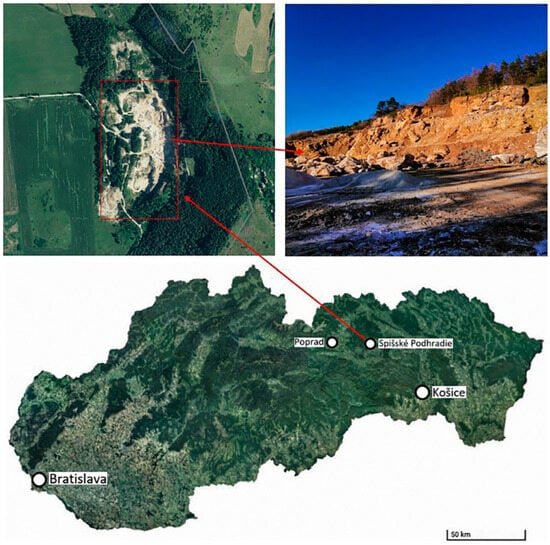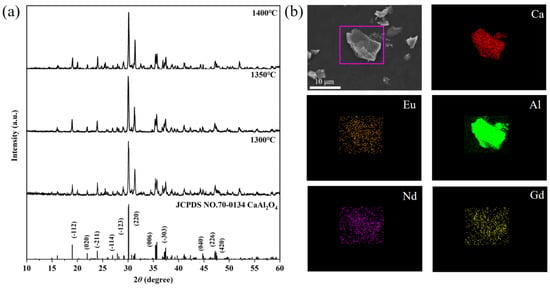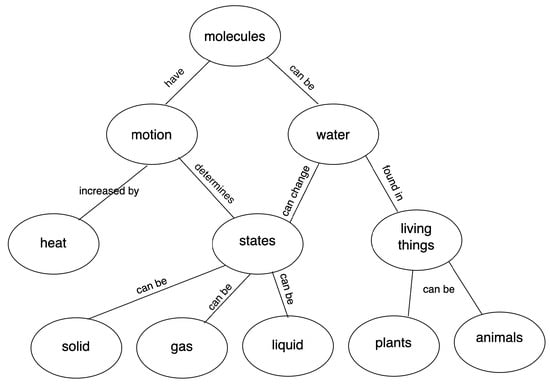Muscle growth stands as a pivotal economic trait within pig production, governed by a complex interplay of multiple genes, each playing a role in its quantitative manifestation. Understanding the intricate regulatory mechanisms of porcine muscle development is crucial for enhancing both pork yield
[...] Read more.
Muscle growth stands as a pivotal economic trait within pig production, governed by a complex interplay of multiple genes, each playing a role in its quantitative manifestation. Understanding the intricate regulatory mechanisms of porcine muscle development is crucial for enhancing both pork yield and quality. This study used the GSE99749 dataset downloaded from the GEO database, conducting a detailed analysis of the RNA-seq results from the longissimus dorsi muscle (LD) of Tibetan pigs (TP), Wujin pigs (WJ) and large white pigs (LW) at 60 days of gestation, representing diverse body sizes and growth rates. Comparative analyses between TPvsWJ and TPvsLW, along with differential gene expression (DEG) analysis, functional enrichment analysis, and protein–protein interaction (PPI) network analysis, revealed 1048 and 1157 significantly differentially expressed genes (
p < 0.001) in TPvsWJ and TPvsLW, respectively. With stricter screening criteria, 37 DEGs were found to overlap between the 2 groups. PPI analysis identified
MYL5,
MYL4, and
ACTC1 as the three core genes. This article focuses on exploring the
MYL4 gene. Molecular-level experimental validation, through overexpression and interference of the
MYL4 gene combined with EDU staining experiments, demonstrated that overexpression of
MYL4 significantly promoted the proliferation of porcine skeletal muscle satellite cells (PSMSC), while interference with
MYL4 inhibited their proliferation. Furthermore, by examining the effects of overexpressing and interfering with the
MYL4 gene on the muscle hypertrophy marker
Fst gene and the muscle degradation marker
FOXO3 gene, the pivotal role of the
MYL4 gene in promoting muscle growth and preventing muscle degradation was further confirmed. These findings offer a new perspective on the molecular mechanisms behind porcine muscle growth and development, furnishing valuable data and insights for muscle biology research.
Full article
 IJMS
IMPACT
IJMS
IMPACT Applied Sciences
IMPACT
Applied Sciences
IMPACT Sustainability
IMPACT
Sustainability
IMPACT Sensors
IMPACT
Sensors
IMPACT JCM
IMPACT
JCM
IMPACT Materials
IMPACT
Materials
IMPACT Molecules
IMPACT
Molecules
IMPACT Energies
IMPACT
Energies
IMPACT Electronics
IMPACT
Electronics
IMPACT Remote Sensing
IMPACT
Remote Sensing
IMPACT Cancers
IMPACT
Cancers
IMPACT Nutrients
IMPACT
Nutrients
IMPACT Mathematics
IMPACT
Mathematics
IMPACT Foods
IMPACT
Foods
IMPACT Buildings
IMPACT
Buildings
IMPACT Polymers
IMPACT
Polymers
IMPACT Animals
IMPACT
Animals
IMPACT Water
IMPACT
Water
IMPACT Plants
IMPACT
Plants
IMPACT Agronomy
IMPACT
Agronomy
IMPACT Biomedicines
IMPACT
Biomedicines
IMPACT Processes
IMPACT
Processes
IMPACT Microorganisms
IMPACT
Microorganisms
IMPACT Diagnostics
IMPACT
Diagnostics
IMPACT Nanomaterials
IMPACT
Nanomaterials
IMPACT Viruses
IMPACT
Viruses
IMPACT Medicina
IMPACT
Medicina
IMPACT Healthcare
IMPACT
Healthcare
IMPACT Cells
IMPACT
Cells
IMPACT Forests
IMPACT
Forests
IMPACT Agriculture
IMPACT
Agriculture
IMPACT Land
IMPACT
Land
IMPACT JMSE
IMPACT
JMSE
IMPACT IJERPH
IJERPH
 Symmetry
IMPACT
Symmetry
IMPACT Genes
IMPACT
Genes
IMPACT Pharmaceutics
IMPACT
Pharmaceutics
IMPACT Coatings
IMPACT
Coatings
IMPACT Micromachines
IMPACT
Micromachines
IMPACT Pharmaceuticals
IMPACT
Pharmaceuticals
IMPACT Atmosphere
IMPACT
Atmosphere
IMPACT Children
IMPACT
Children
IMPACT Religions
IMPACT
Religions
IMPACT Antioxidants
IMPACT
Antioxidants
IMPACT Life
IMPACT
Life
IMPACT Metals
IMPACT
Metals
IMPACT Biomolecules
IMPACT
Biomolecules
IMPACT Vaccines
IMPACT
Vaccines
IMPACT Education Sciences
IMPACT
Education Sciences
IMPACT Minerals
IMPACT
Minerals
IMPACT Horticulturae
IMPACT
Horticulturae
IMPACT Brain Sciences
IMPACT
Brain Sciences
IMPACT JPM
IMPACT
JPM
IMPACT Bioengineering
IMPACT
Bioengineering
IMPACT



















